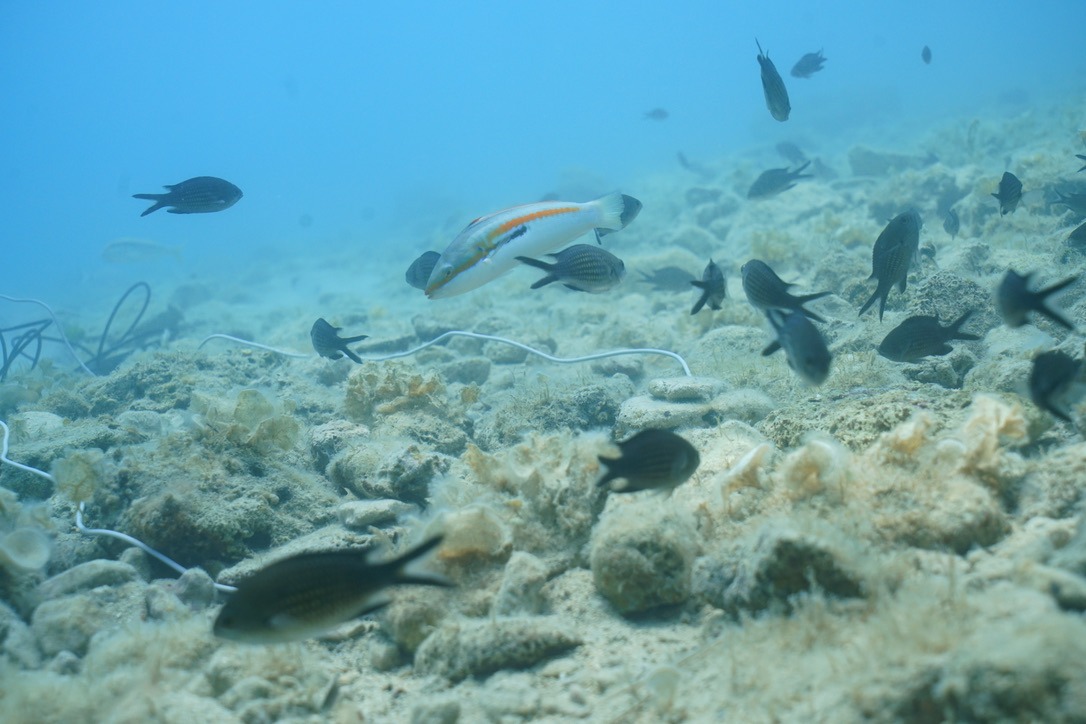
Interfacing the Ocean
Building on the attunement practices developed at STARESO the workshop in the bay of Valsaline had the aim to test PhD prototypes and collaboratively build interventions that probe the challenges and possibilities of underwater environments. Situated between a dive club, an education center, and the everyday presence of beach visitors, the bay became both a testing ground and a living collaborator. Here, we experimented with a range of concepts designed for and with marine species, asking what prototypes can render perceptible and how they might reconfigure relations in ecologically transformed habitats.
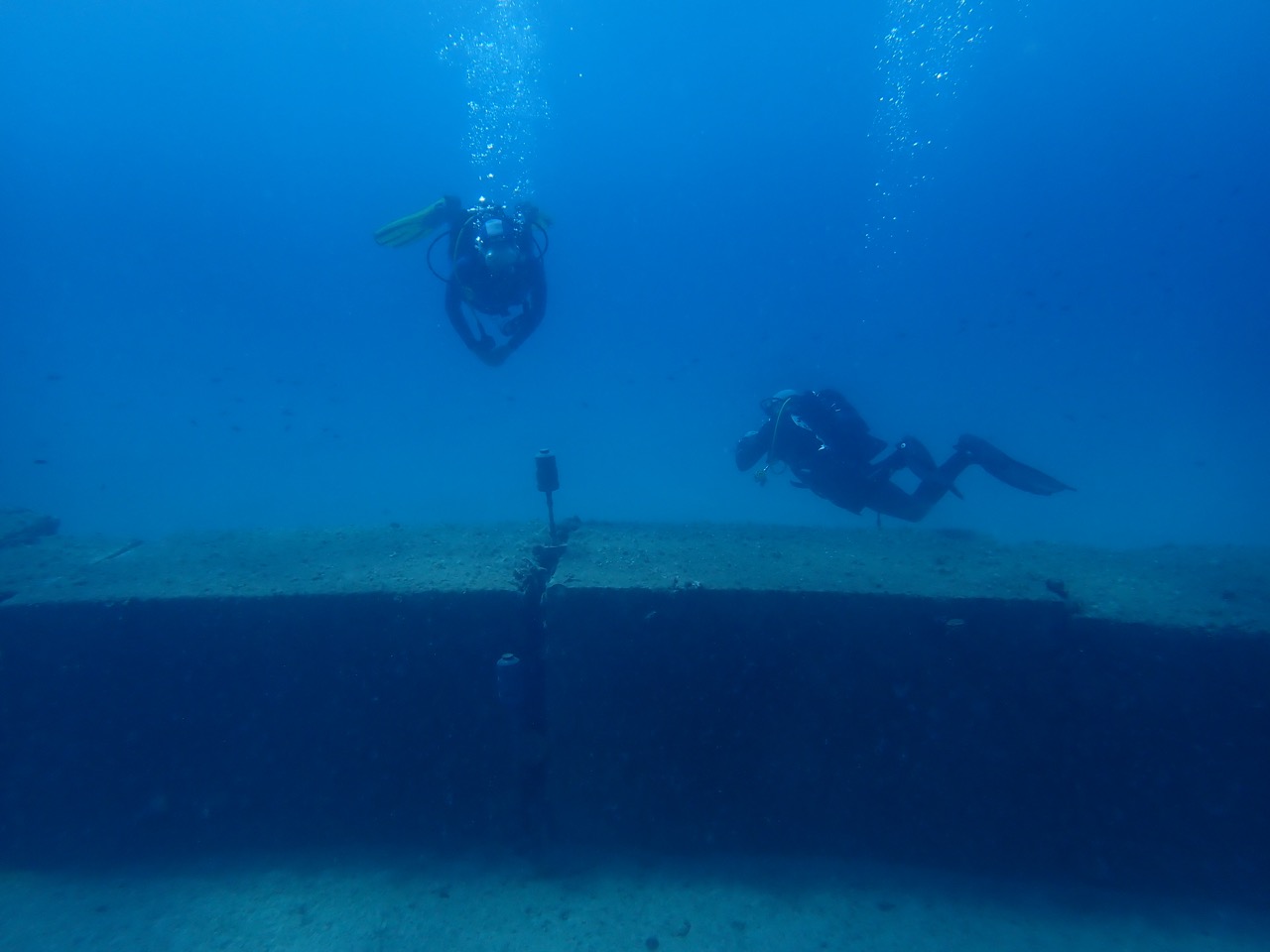
Sensors on the wall of Valsaline
Over three days, the workshop centered on collaborative practices of designing and testing remote, underwater, and floating prototypes. Sensor arrays, sound-recording and emitting devices, inverted vessels, and porous surfaces were deployed in the water to breathe, listen, monitor, observe, and support emerging habitats. In treating the bay as both research site and collaborator, we opened spaces where artistic research methods, marine biology techniques, and situated interventions could meet and inform each other.
The prototypes not only invited the attention of marine organisms but also stirred the curiosity of human counterparts—local divers, swimmers, and other coastal visitors—who engaged with the work and its questions.
The outcomes of this workshop will be documented and further developed as part of an ongoing inquiry into interspecies encounters, collaborative design, and ecological attunement.

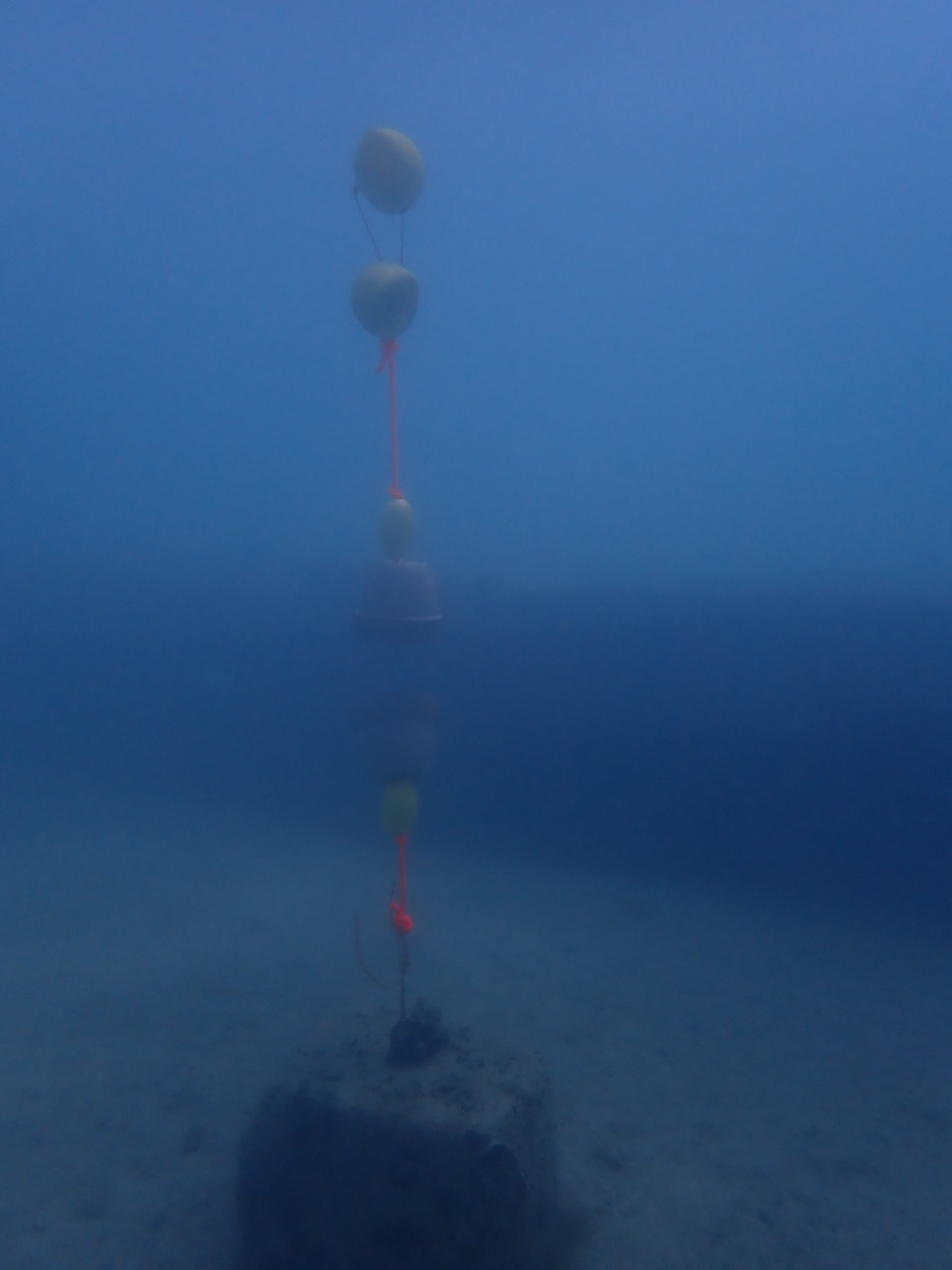
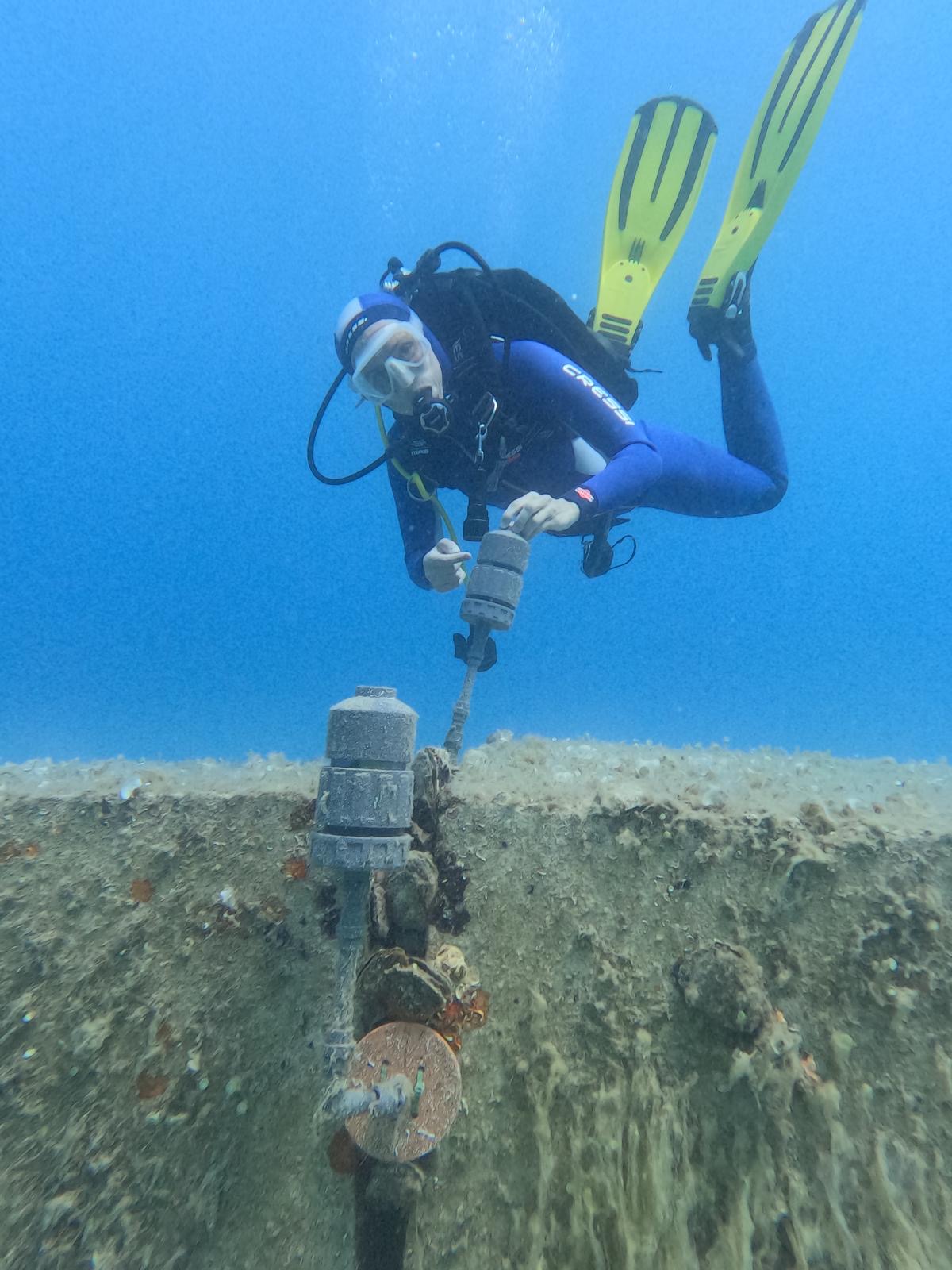

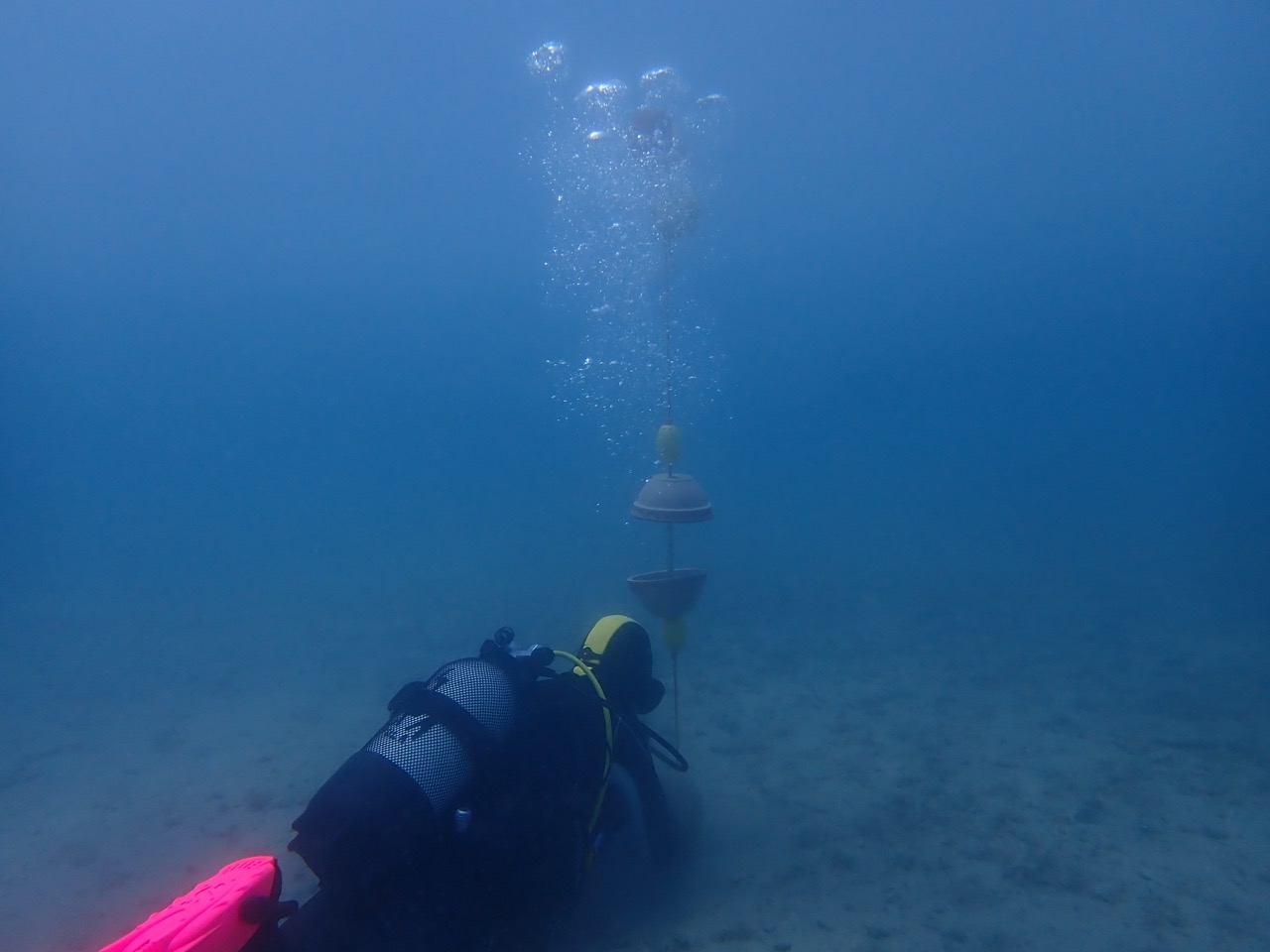


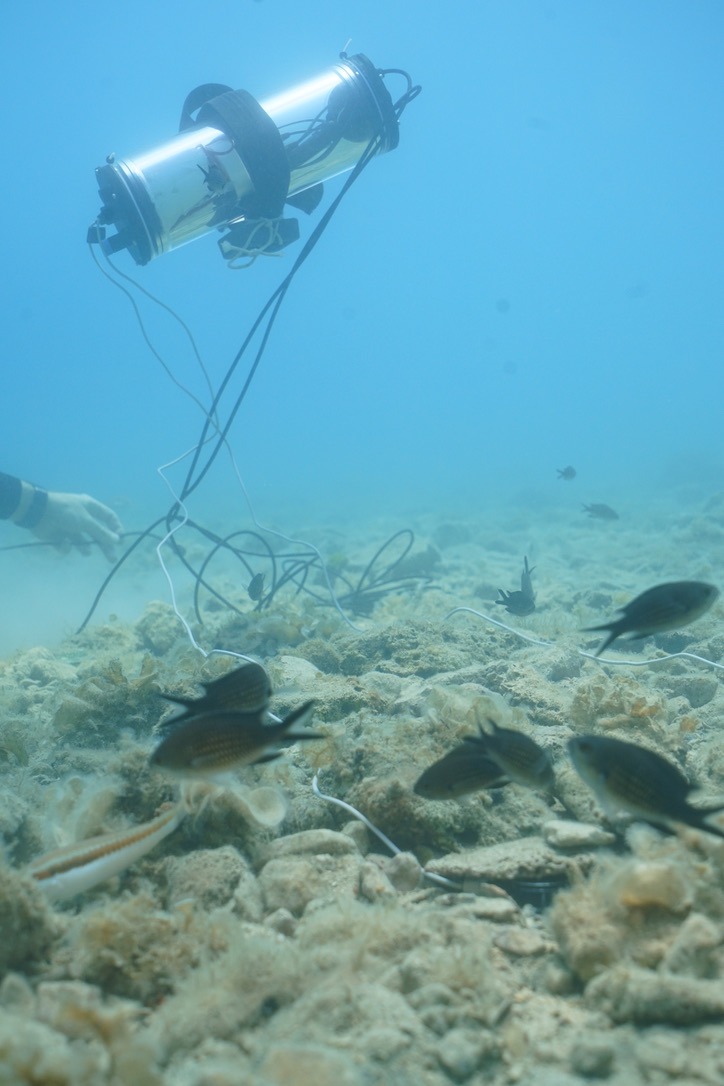
Modes of setting up, observing and working with prototypes in the bay.

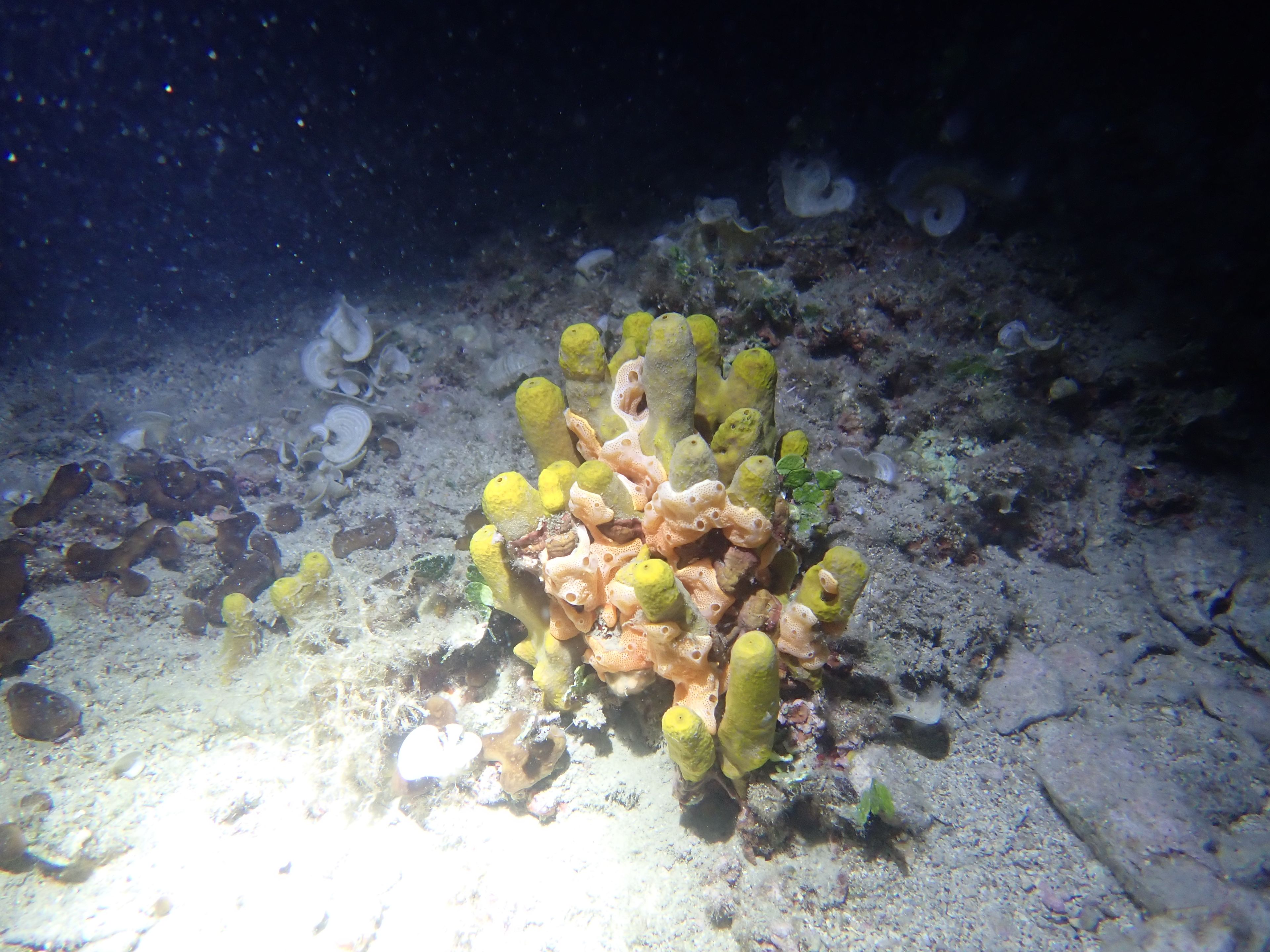
CONTRIBUTORS: Lovina Fullgrabe, Raviv Ganchrow, Alex Jordan
THANKS: Sandra Bracun, Cristina Tarquini, Freke van Rooij. The workshop would have not been possible without CPA Pula. Thanks for offering work spaces, equipment and tools.
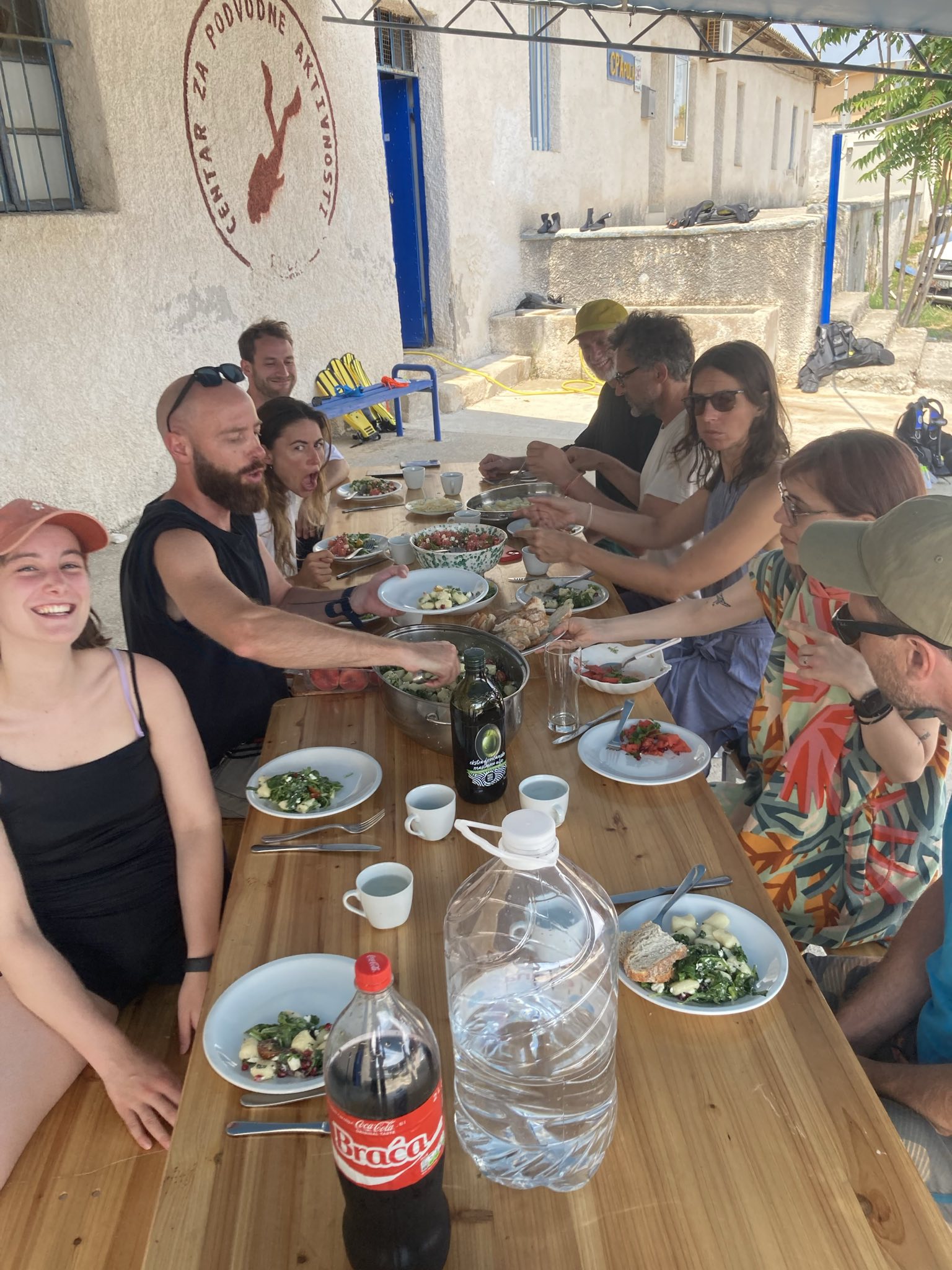
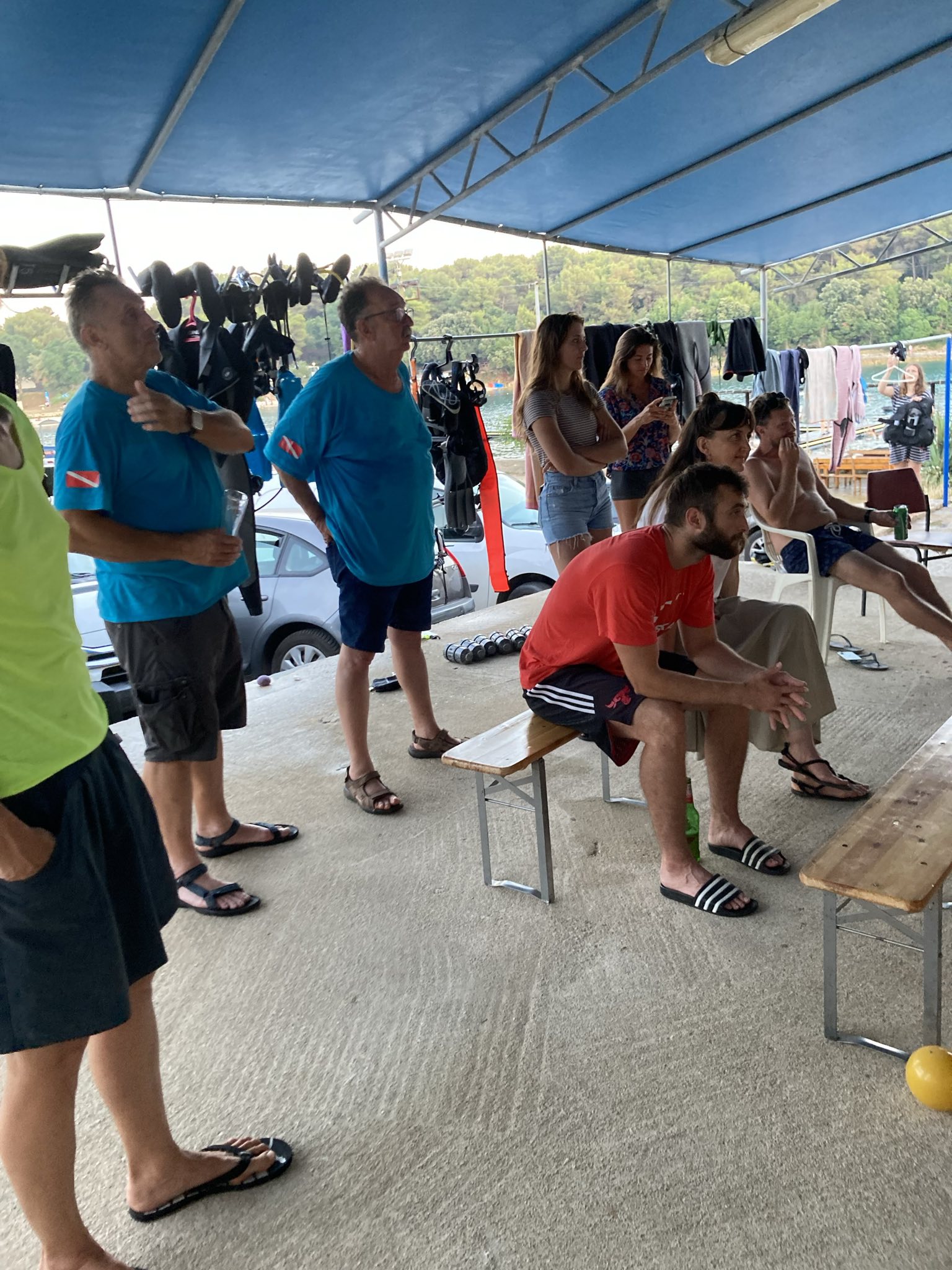
Discussing and presenting thinking about the habitat